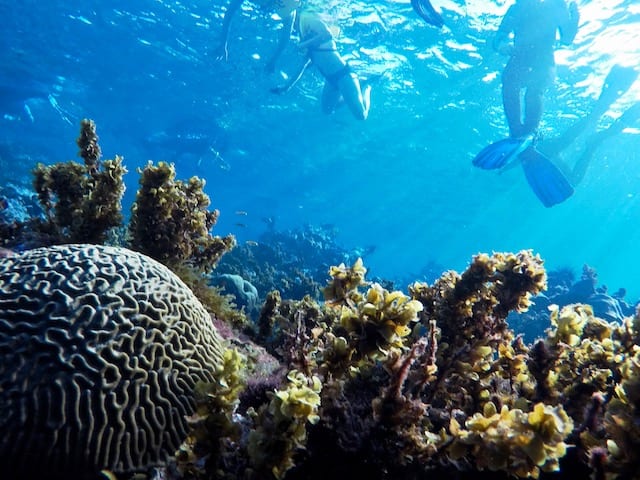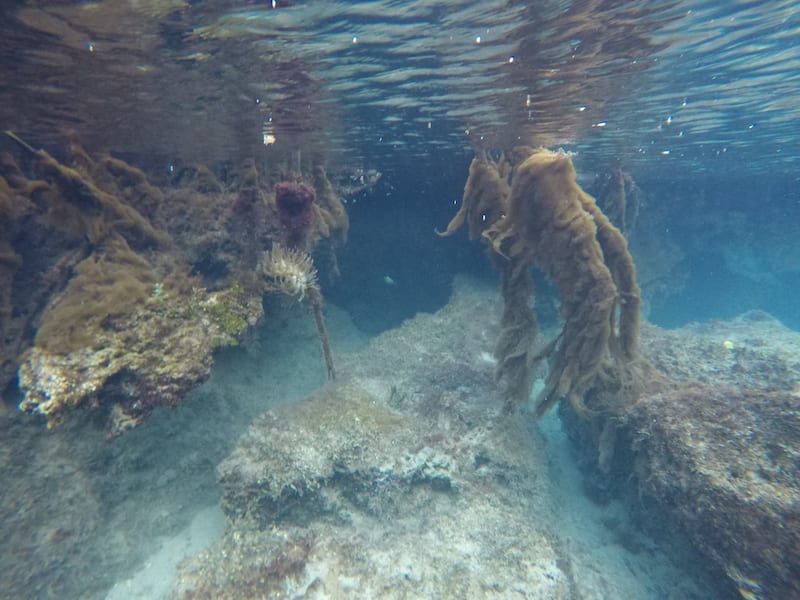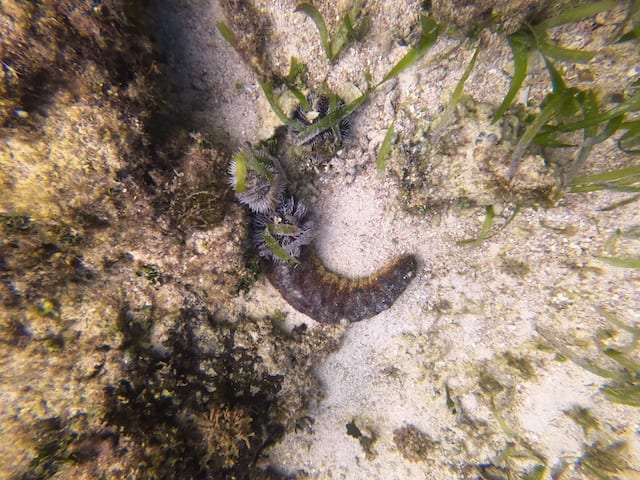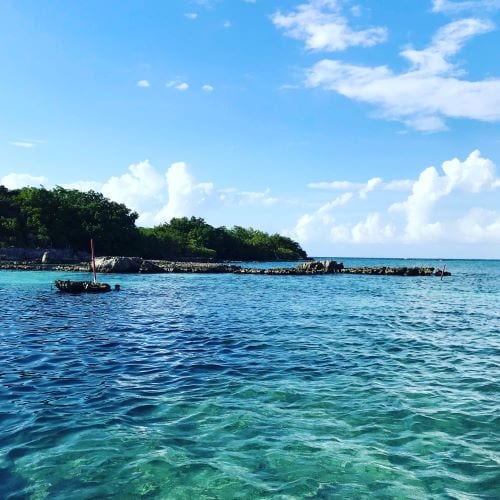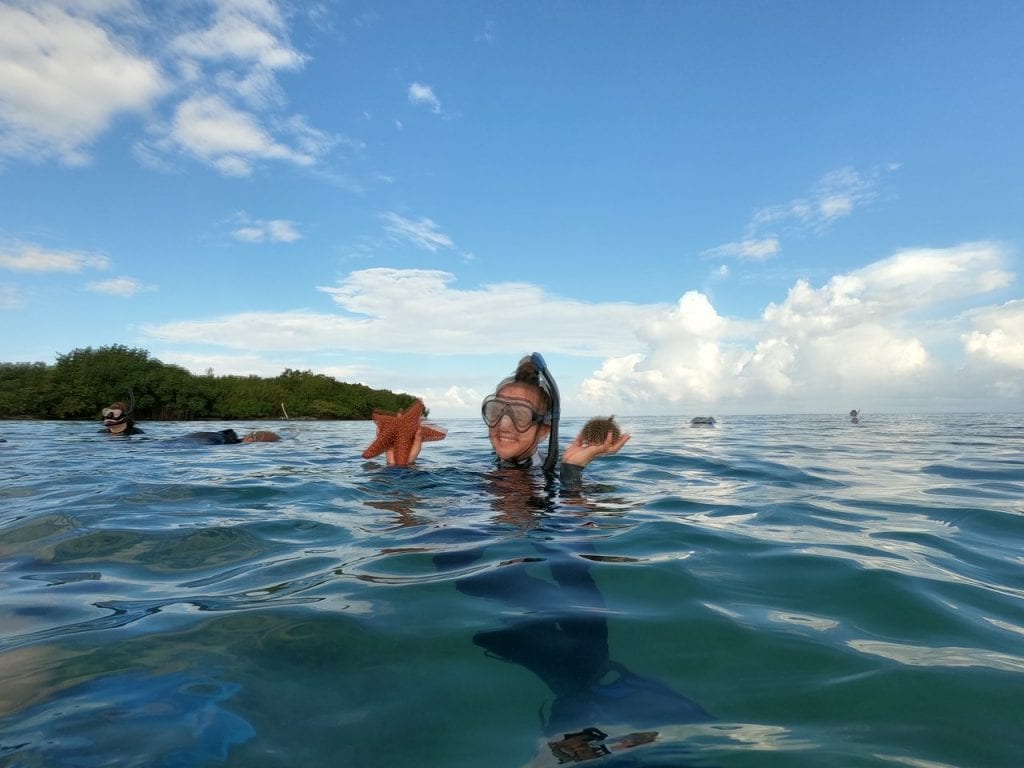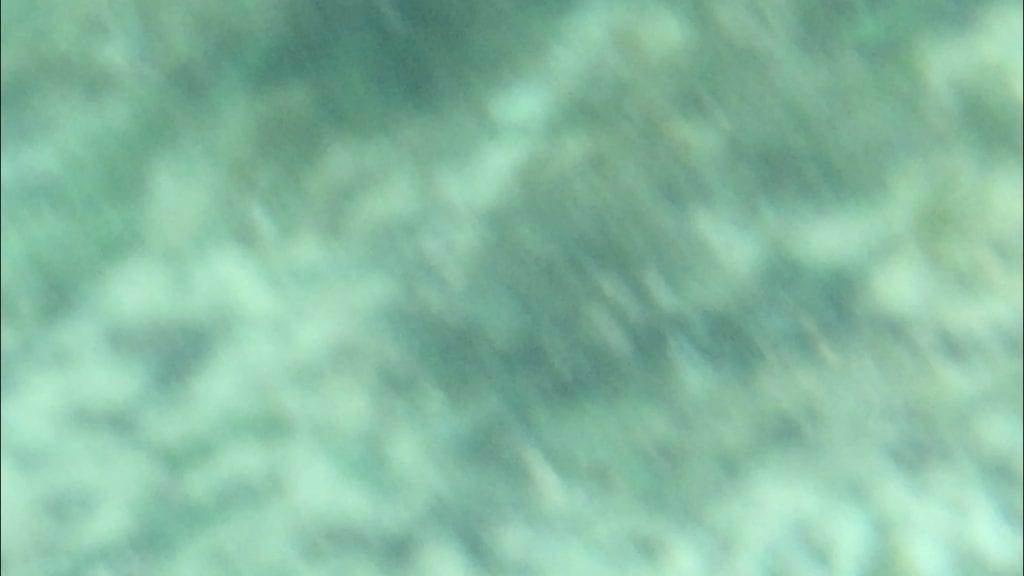There are two definitives of the human psyche that exist outside the realm of age and ability. The first is the gnawing need to feel a sense of purpose or be useful. The second, one fewer people will admit to, is an undeniable urge to play. Although as we age, we are gradually tapered off the latter, the section of our brains devoted to it remains unchanged. We are simply socialized to ignore it. The activity that myself and my classmates participated in today was a rare one, in that it stimulated both of these.
In the early afternoon, with our stomachs still full of the day’s lunch, we were given an agenda. However, this agenda surpassed expectations when we were told its’ form: a scavenger hunt. The rules were simple. We were split into groups, given a sizeable list of aquatic organisms, told to take pictures (or when applicable, take the physical creature back to the nearby wet lab) and identify them. At the end, a winner would be selected, and a prize would be given. With that incentive in mind, we had a task to fulfill, our need to feel purposeful, which can often be intensified by the relaxed “island time,” was quickly being fulfilled. On the other hand, our often childlike nature was immersed in the game like setting and the competitive nature of it all. That being exemplified by the first question that echoed through the dining room, “What’s the prize?”
With no definitive answer in mind we headed down to the water where we spent the next hour collecting our data, diving down into the clear blue to get better shots of our organisms. Even though I emerged from the water freezing, I was also laughing. And I saw quickly that I was not the only one. As my group sat in the shade flipping through pictures and fish identification books there was a sense of unity that was unparalleled. We finished a mere five minutes before the deadline and quickly hurried off to our lecture.
When we presented our information, as the day turned softly to night, I knew for certain that this would be one of the memories I would handpick when I wanted to look back on this trip. Although I no longer cared who won the mysterious prize, I was given a chance to slip back into feelings that I, and I am sure many of my classmates, have missed out on for too long a time.
Study abroad programs are characterized as an opportunity for the monotony that has become higher education to be challenged, if only by a change of scenery. Although Jamaica has provided its setting as a beautiful backdrop, my classmates and I have discovered in situations such as these, the setting is equally as important as the ability to convey information in a way that speaks to us all, to our most basic levels of humanity, to the children that we have been, and the adults we are, and will continue to be.
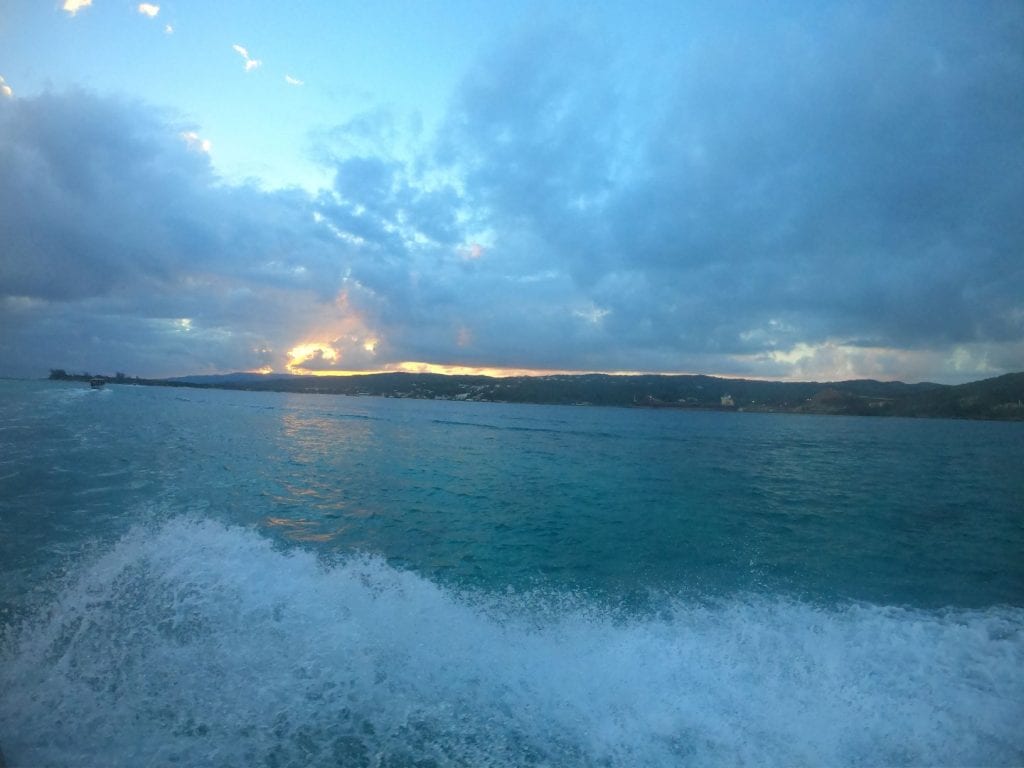
The early morning sunrise the next day provides a perfect opportunity for similar forms of self-reflection.
-Gillian (Grape)




